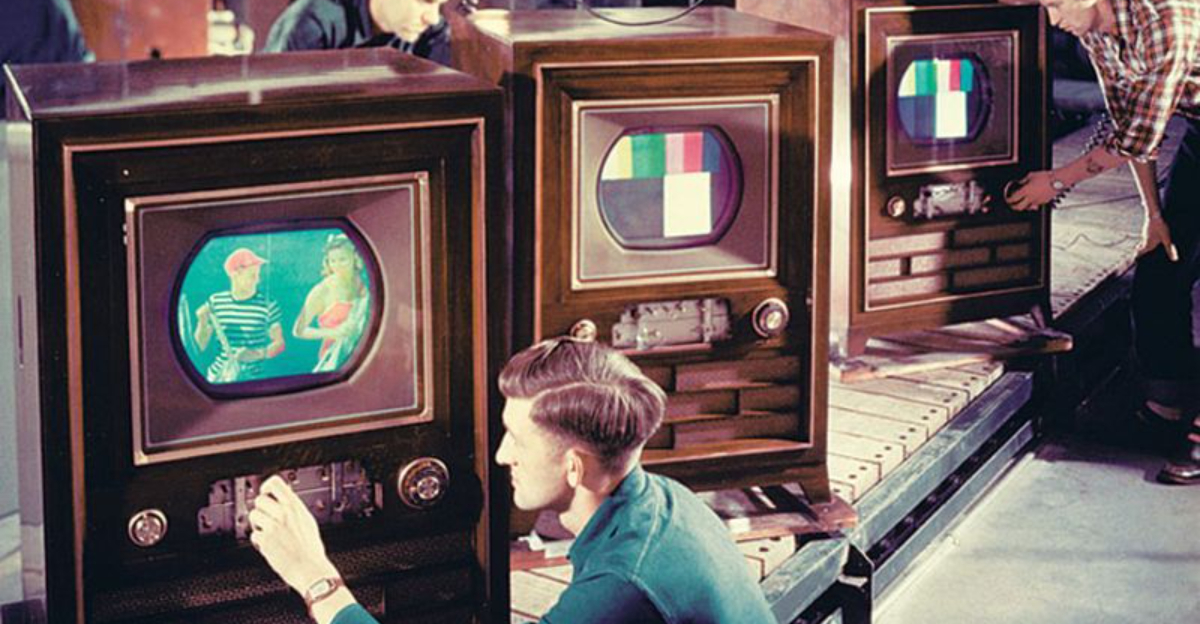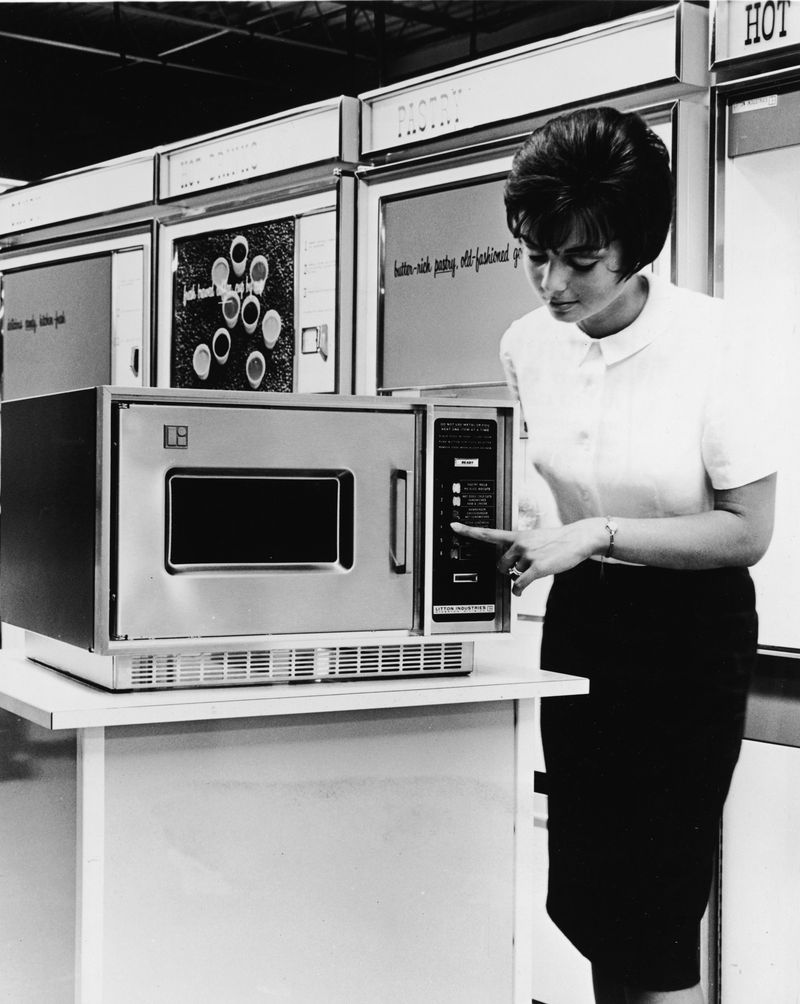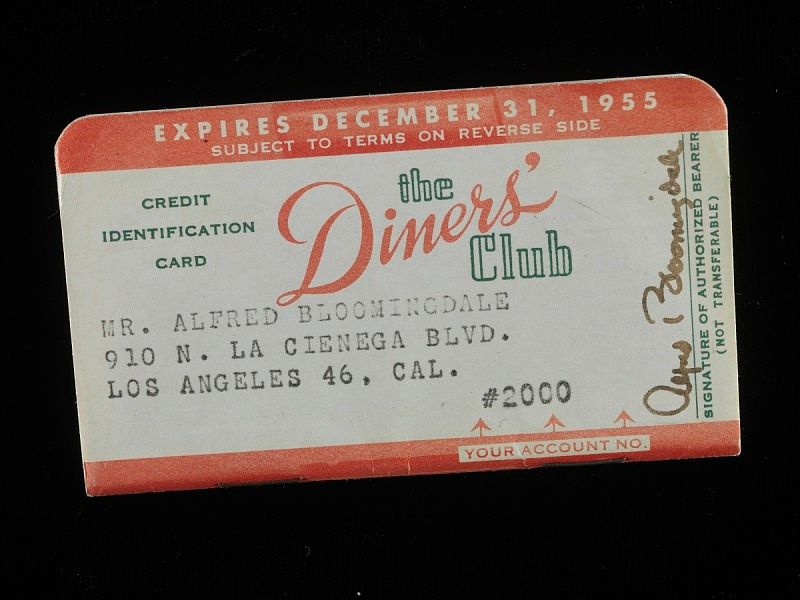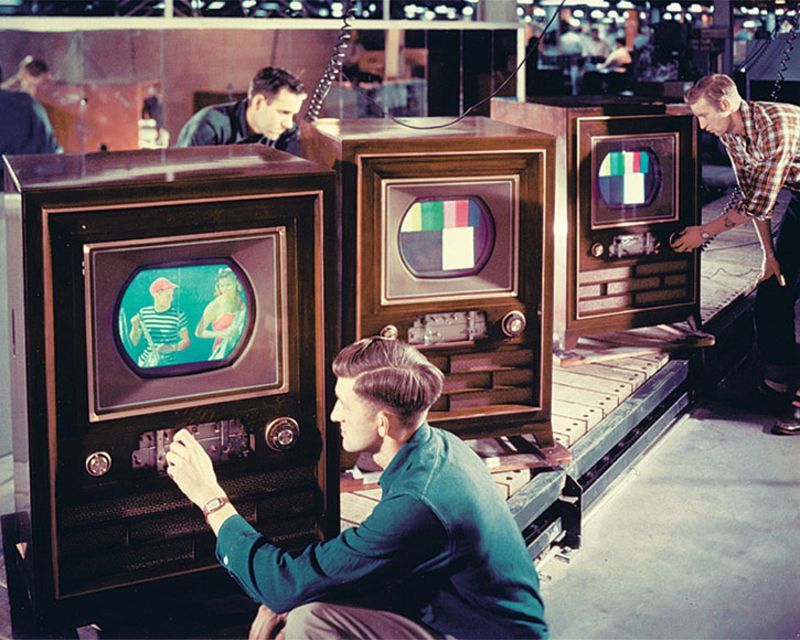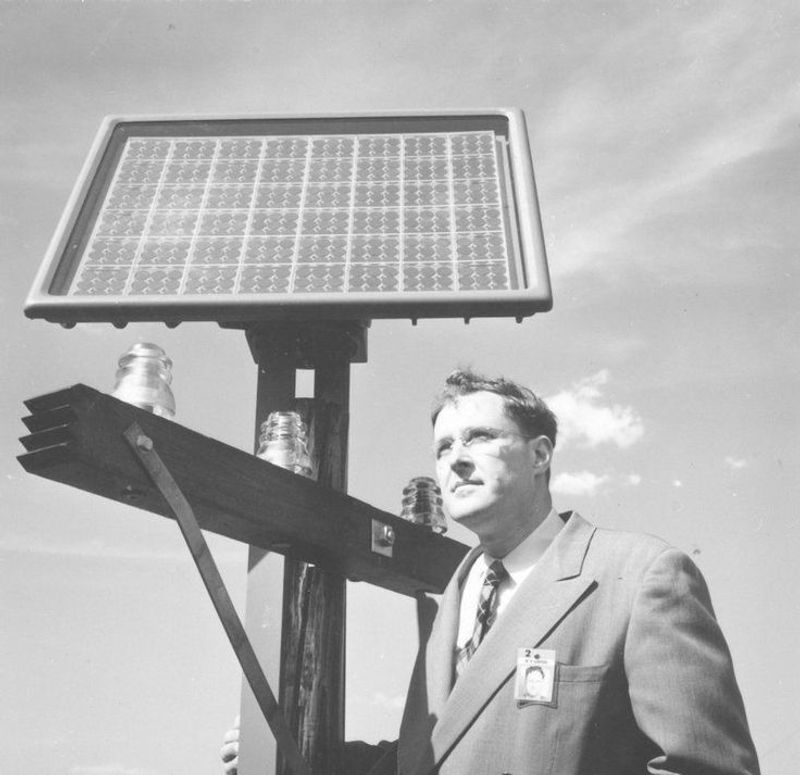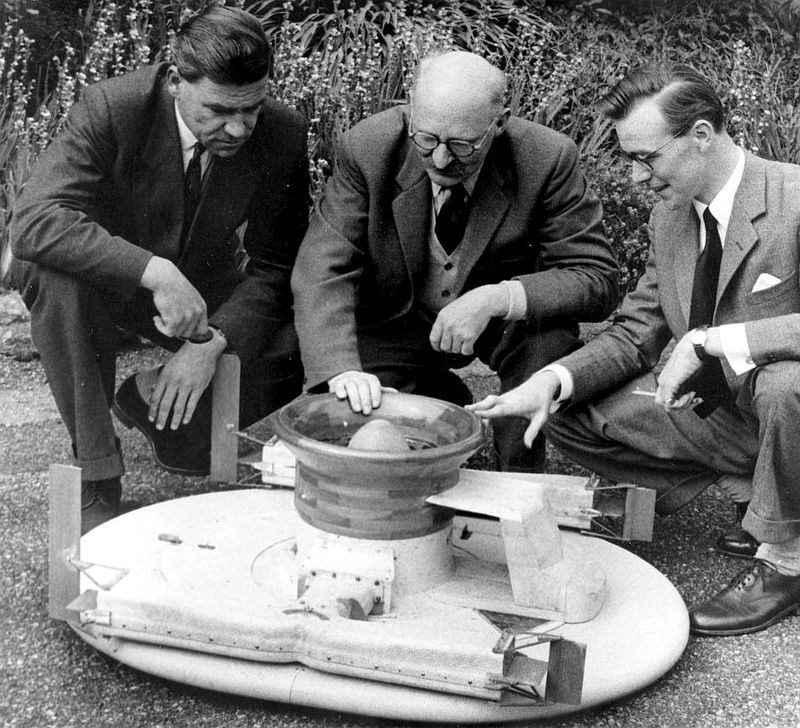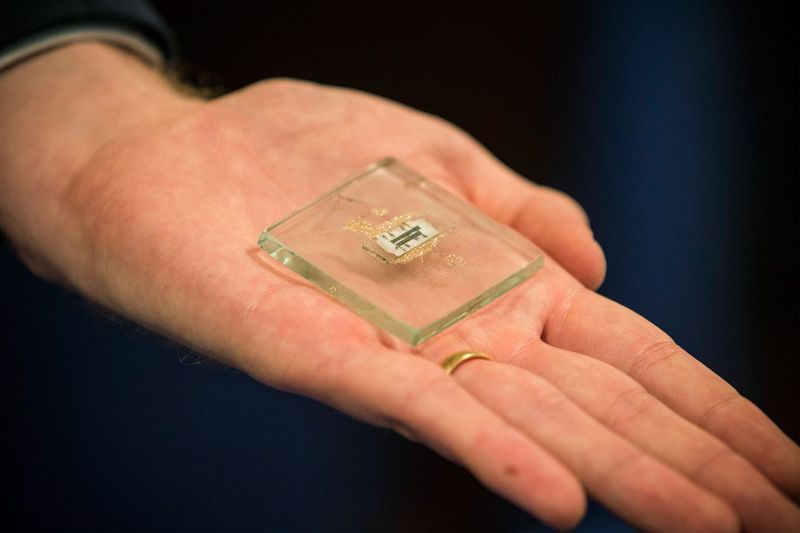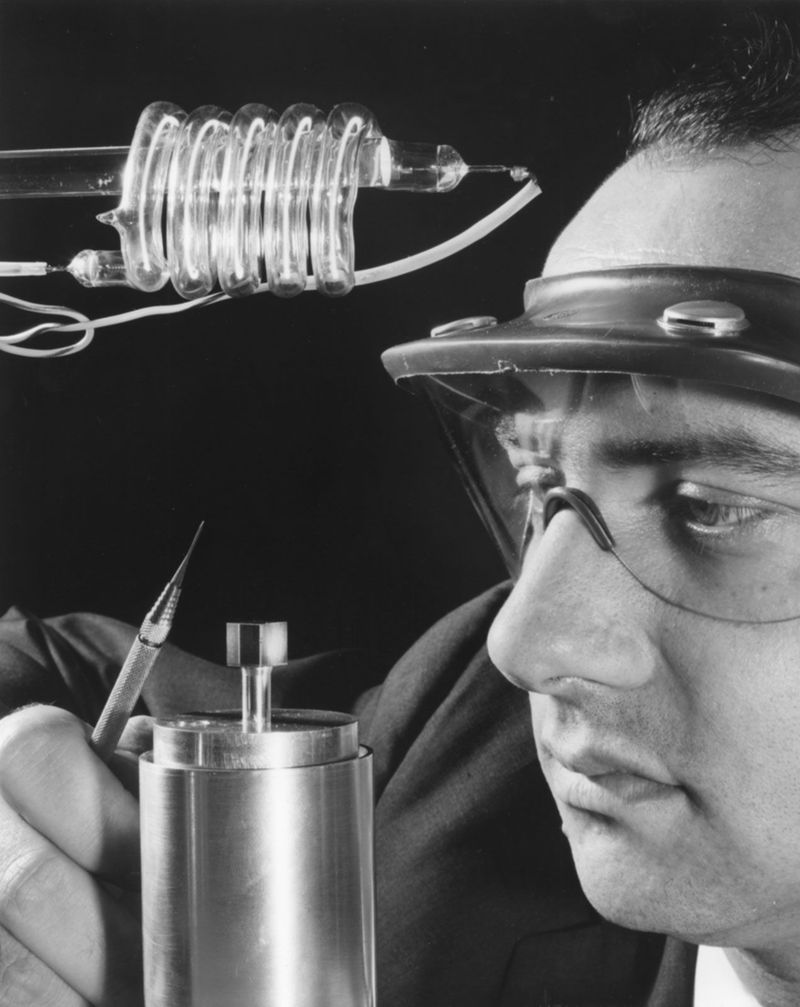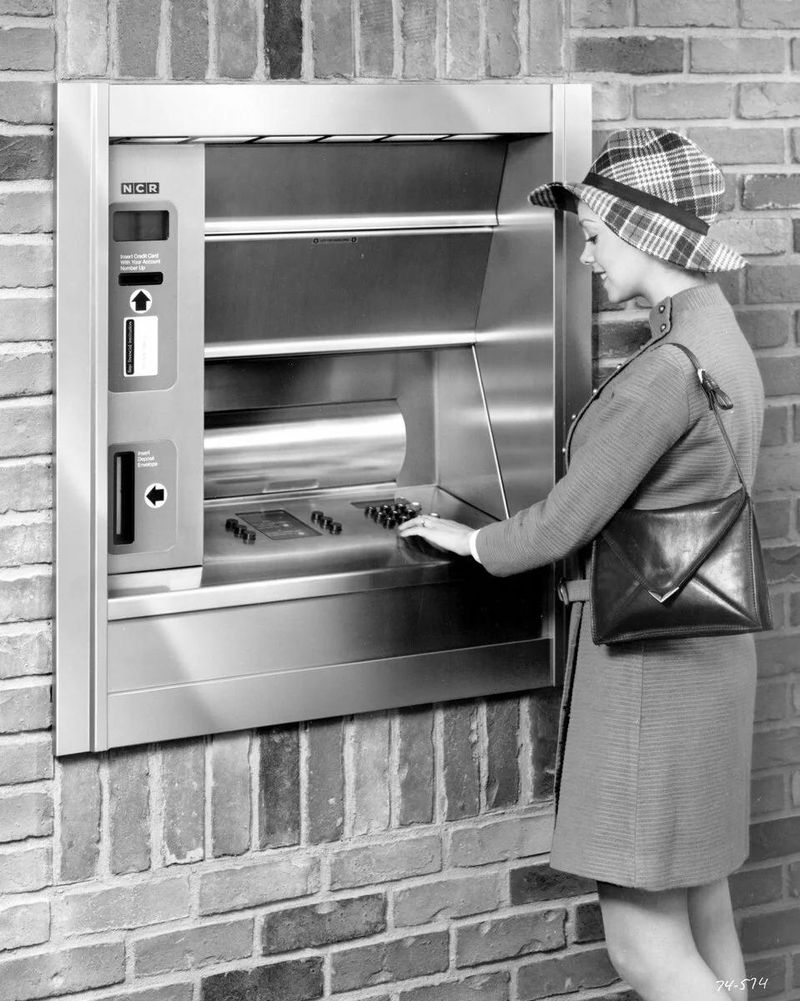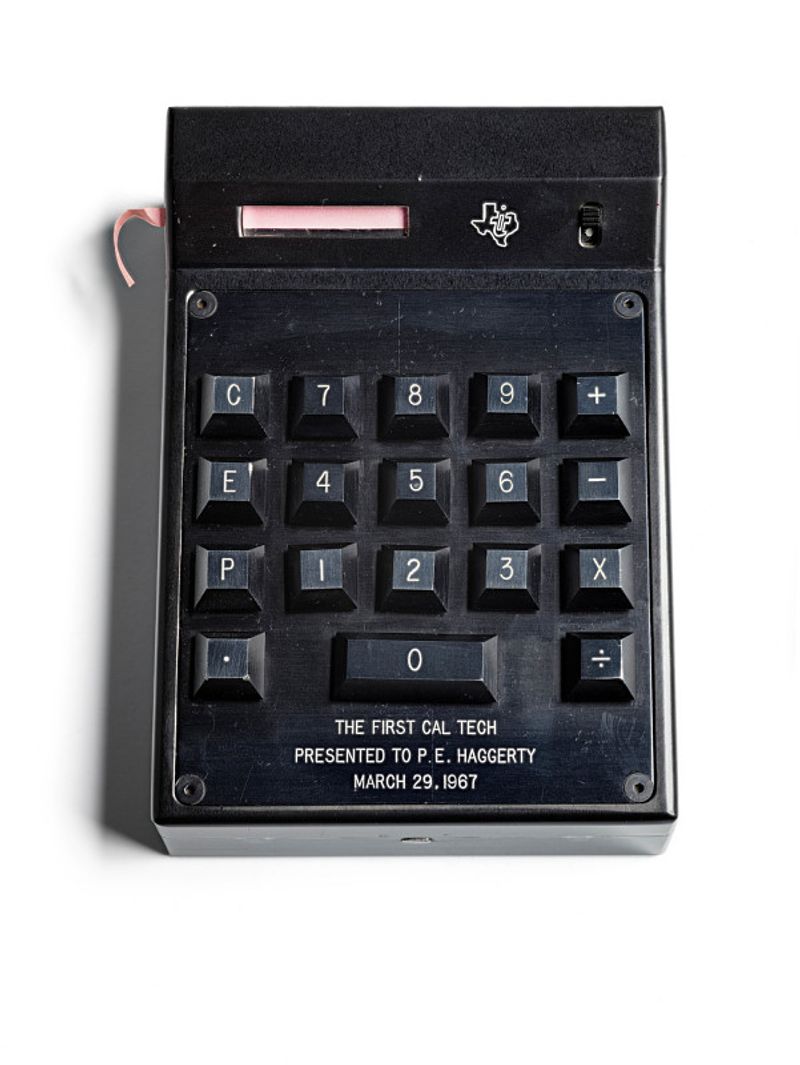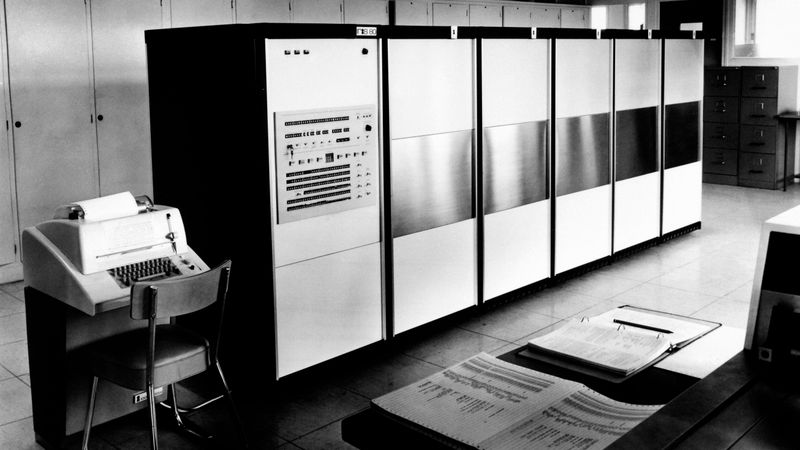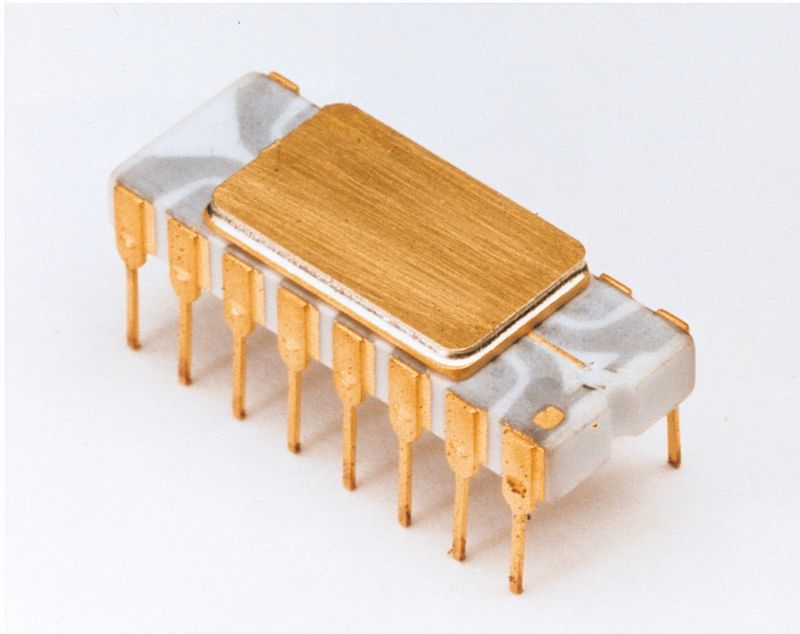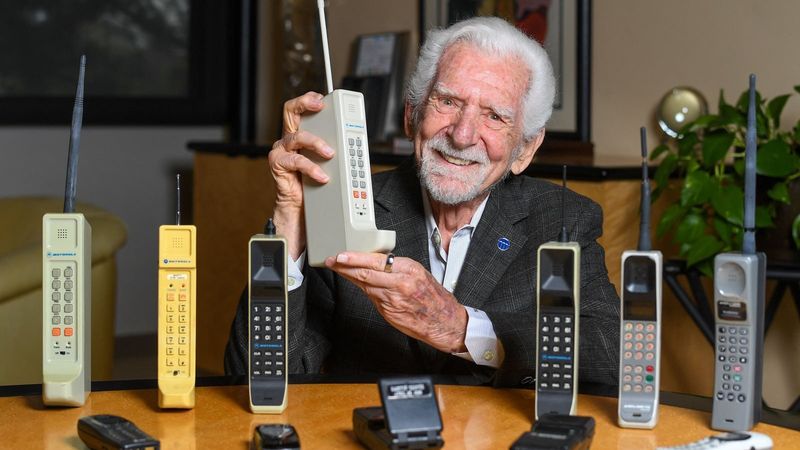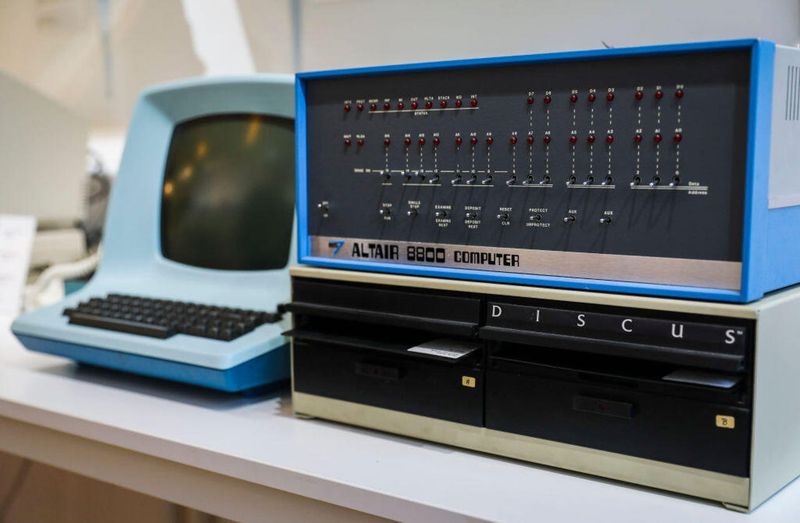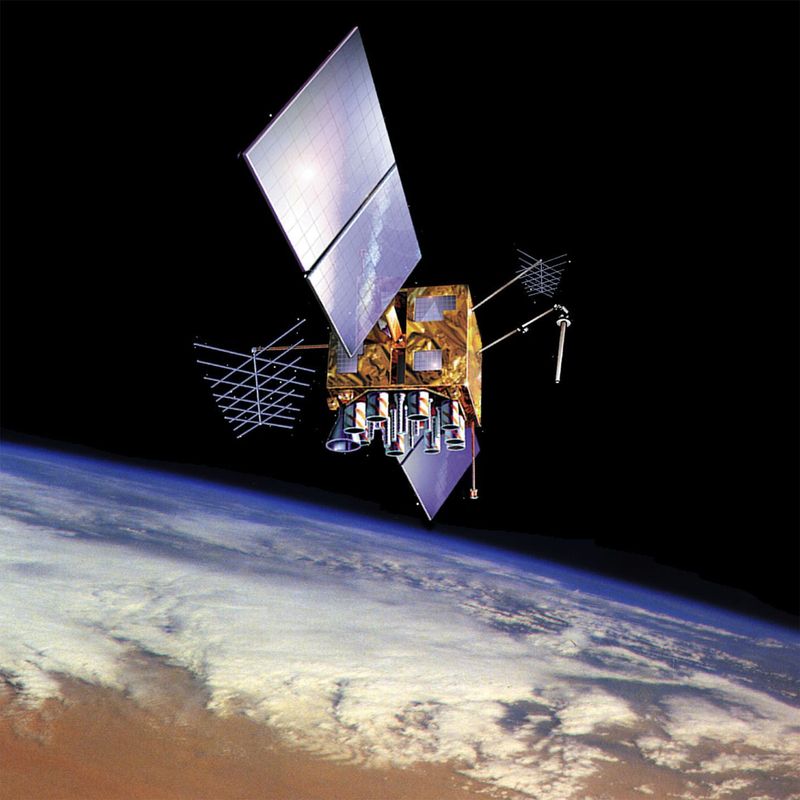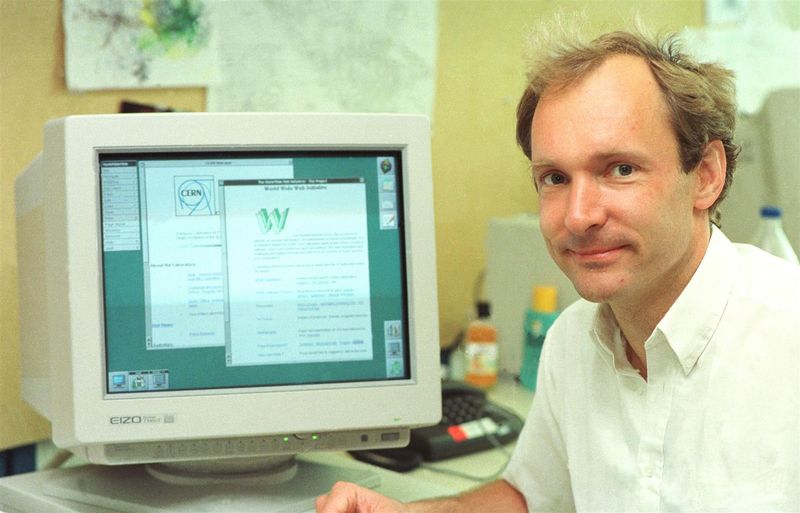Queen Elizabeth II, born in 1926, witnessed a century of remarkable technological advancements. Her reign saw the emergence of numerous inventions that reshaped daily life and global society. This article highlights 15 significant inventions that came into being after her birth, illustrating the rapid pace of progress during her lifetime.
1. Microwave Oven (1945)
In 1945, an accidental discovery by Percy Spencer at Raytheon led to the creation of the microwave oven. A chance opportunity revealed that microwave radiation could heat food. Spencer, intrigued by a melted candy bar in his pocket, engineered the first commercial microwave.
These devices, initially bulky and expensive, revolutionized cooking by dramatically reducing preparation time. Early adopters were primarily commercial establishments. Over the decades, microwaves became compact and affordable, finding a place in every modern kitchen.
Spencer’s innovation marked a pivotal shift in culinary habits, illustrating the serendipitous nature of technological discovery.
2. Credit Card (1950)
In 1950, the Diners Club introduced the first widely accepted credit card, revolutionizing consumer transactions. Initially designed for restaurant bills, it offered a new level of convenience and financial flexibility.
Before this innovation, transactions relied heavily on cash or checks. The credit card simplified payments, providing a cashless alternative that quickly gained popularity. Over time, this convenience extended beyond dining, influencing global shopping habits.
Today, credit cards are integral to personal finance, reflecting a shift towards a digital economy. Diners Club’s pioneering move laid the groundwork for modern financial systems.
3. Color Television (1953)
The year 1953 marked the advent of color television broadcasts, a transformative leap in home entertainment. As the NTSC in the U.S. introduced public color broadcasts, viewers were captivated by vibrant images.
Color television made visual storytelling more immersive, forever changing how audiences consumed media. This innovation coincided with Queen Elizabeth II’s coronation, linking historical milestones in technology and monarchy.
Households gradually upgraded from black-and-white sets, making color TV a staple of modern living rooms. The transition enriched cultural experiences, enhancing everything from news to cinematic productions.
4. Solar Cell (1954)
In 1954, Bell Labs unveiled the first practical silicon solar cell, a breakthrough in renewable energy. This innovation marked a pivotal moment in harnessing solar power, converting sunlight directly into electricity.
Solar cells promised a clean energy alternative at a time when fossil fuels dominated. Early applications were limited, primarily powering remote amenities and satellites.
As technology advanced, solar panels became more efficient and accessible, contributing to the push for sustainable energy solutions. Bell Labs’ pioneering work laid the foundation for today’s global solar industry, highlighting a commitment to environmental stewardship.
5. Hovercraft (1955)
The hovercraft, patented by Christopher Cockerell in 1955, introduced a new mode of transportation. By creating a cushion of air, hovercrafts could travel over land and water, eliminating the friction that slows traditional vehicles.
Cockerell’s SR.N1 model famously crossed the English Channel, showcasing its versatility and innovation. This invention offered new possibilities for military, commercial, and rescue operations.
Though not as widely adopted as cars or planes, hovercrafts remain a symbol of inventive engineering. Cockerell’s vision expanded the boundaries of transportation, influencing future designs of amphibious vehicles.
6. Integrated Circuit (1958)
The integrated circuit, born in 1958, revolutionized electronics and computing. Jack Kilby of Texas Instruments and Robert Noyce of Fairchild Semiconductor independently developed the first microchips, miniaturizing electronic components.
This innovation laid the groundwork for the digital age, facilitating the creation of complex devices like computers and smartphones. Integrated circuits dramatically reduced size and cost while increasing reliability.
Kilby and Noyce’s work signified a paradigm shift, enabling advancements in a multitude of fields. Their contributions are the backbone of modern technology, influencing everything from consumer electronics to aerospace engineering.
7. Laser (1960)
In 1960, Theodore Maiman succeeded in operating the first working laser at Hughes Research Labs, a pivotal moment in optics. Using a synthetic ruby crystal, Maiman’s laser emitted a concentrated beam of light, unlocking new potential in various fields.
Lasers soon found applications in medicine, telecommunications, and industry, showcasing their versatility. This breakthrough laid the foundation for technologies like optical data storage and laser eye surgery.
Maiman’s invention highlighted the power of precision light, sparking further innovations. The laser’s development marked a significant intersection of theoretical science and practical application, transforming modern technology.
8. ATM (1967)
The Automated Teller Machine (ATM), first installed by Barclays in 1967, revolutionized banking convenience. Located in London’s Enfield, it allowed customers to withdraw cash outside of bank hours, a groundbreaking service at the time.
ATMs transformed banking by offering round-the-clock access to funds and banking services. This innovation simplified personal finance management, reducing dependence on traditional bank visits.
Over time, ATMs evolved to include features like deposits, bill payments, and international transactions, becoming a cornerstone of modern banking. Barclays’ introduction of the ATM marked the beginning of automated financial services, enhancing customer convenience.
9. Pocket Calculator (1967)
Texas Instruments launched the first pocket calculator in 1967, initiating a revolution in personal computing. These compact devices brought the power of computation to individuals, enhancing productivity and efficiency.
Before calculators, arithmetic tasks relied heavily on manual methods or bulky machines. The pocket calculator simplified complex calculations, making them accessible to students, engineers, and businesses alike.
This innovation paved the way for future personal electronics, contributing to the development of handheld devices. Texas Instruments’ calculator not only changed how calculations were performed but also influenced the design of subsequent portable technologies.
10. ARPANET (1969)
ARPANET, launched in 1969, marked the inception of the Internet. Connecting UCLA and Stanford, it demonstrated the potential for computers to communicate across distances.
This network was a project of the U.S. Department of Defense, aiming to develop resilient communication systems. ARPANET’s success laid the groundwork for the global Internet, facilitating data exchange and collaboration.
It catalyzed advancements in networking protocols and digital communication, transforming how information is shared. ARPANET’s legacy is evident in today’s interconnected world, highlighting the foresight and innovation of its creators.
11. Microprocessor (1971)
The microprocessor, introduced by Intel in 1971, was a groundbreaking advancement in computing technology. The 4004 chip, the first single-chip CPU, integrated all processing functions, revolutionizing electronic devices.
This innovation enabled the miniaturization and affordability of computers, sparking the personal computing revolution. Previously complex and costly, computing became accessible to individuals and small businesses.
Intel’s microprocessor paved the way for the development of modern computers, smartphones, and countless other devices. Its impact on technology and society is profound, underscoring the transformative power of innovation.
12. Mobile Telephone (1973)
In 1973, Martin Cooper at Motorola made the first handheld cellular call, heralding the era of mobile communication. Using a DynaTAC prototype, Cooper called a rival company, showcasing the potential of portable telephony.
Mobile phones revolutionized communication by eliminating the reliance on landlines and enabling connectivity on the move. Initially large and expensive, they evolved into essential tools for personal and professional life.
Cooper’s pioneering call marked a significant milestone, leading to the development of modern smartphones. This innovation transformed global communication, reshaping how people interact and access information.
13. Personal Computer (1975)
The MITS Altair 8800, launched in 1975, ignited the personal computer revolution. Initially a kit for hobbyists, it captured the imagination of tech enthusiasts and entrepreneurs.
The Altair’s success inspired software pioneers like Bill Gates and Paul Allen to develop software, laying the foundations for companies like Microsoft. Personal computers transitioned from niche gadgets to indispensable household and business tools.
This innovation democratized computing, allowing unprecedented access to technology. The Altair 8800 symbolizes the start of a new era, emphasizing the transformative impact of accessible computing on society.
14. GPS (1978)
In 1978, the launch of the first Navstar satellites initiated the development of the Global Positioning System (GPS). This network provided precise location data, enhancing navigation and geolocation.
Originally a military project, GPS technology soon found civilian applications, from mapping to transportation. Its accuracy transformed industries, enabling innovations like GPS-enabled devices and autonomous vehicles.
GPS has become integral to modern life, guiding everything from smartphones to shipping. The Navstar satellites’ launch highlights the strategic vision behind GPS, a testament to the power of satellite technology in transforming navigation.
15. World Wide Web (1989)
In 1989, Tim Berners-Lee proposed the World Wide Web while at CERN, a concept that transformed information access and communication. His vision for a hypertext system enabled seamless information sharing across the globe.
The Web revolutionized how people interact with and consume information, making the Internet accessible to the masses. It fostered the development of countless online services and platforms, reshaping industries and society.
Berners-Lee’s creation laid the groundwork for the digital age, highlighting the importance of open access to information. The World Wide Web symbolizes the democratization of knowledge and communication in the modern world.
